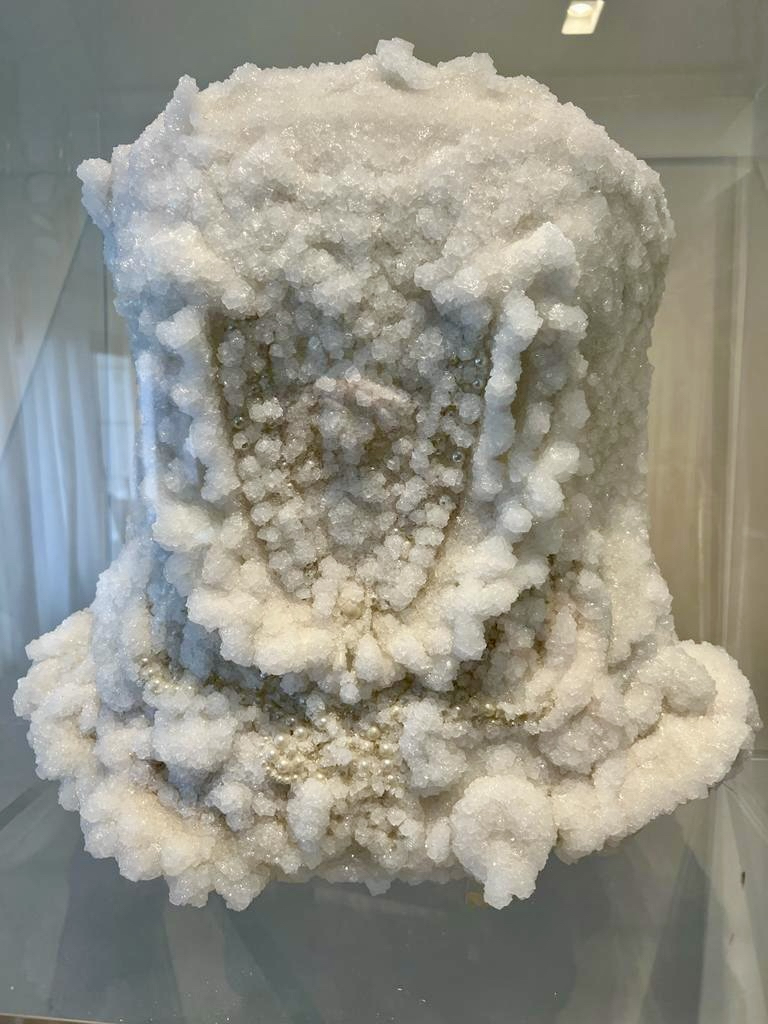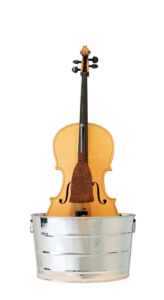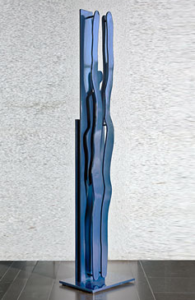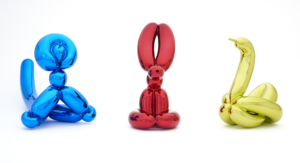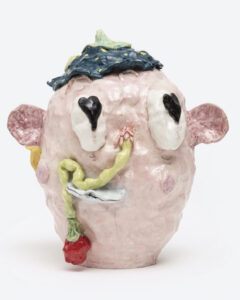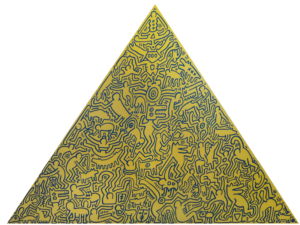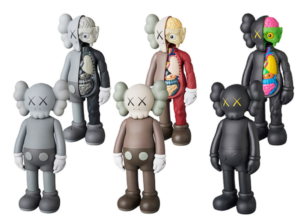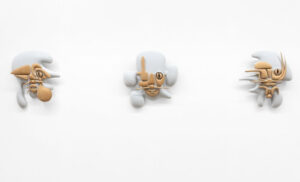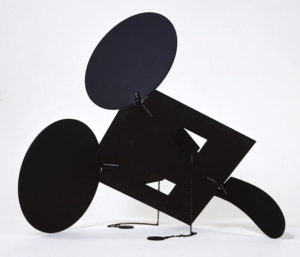Wedding Cream (Corset Suspended in the Water of the Dead Sea), 2013
Unique 1/1
13 3/4 x 19 7/10 x 23 3/5 inches (35 x 50 x 60 cm.)
All works are inspected prior to delivery, work will be sent out tracked and insured at buyers cost. If you'd like to make specific arrangements or discuss collection then please contact us directly.
Accepted: Wire transfer
ART PLEASE Assurance Policy: Every ART PLEASE seller has been approved by ART PLEASE after a thorough review. All of our sellers are required to accept the following ART PLEASE policy: A buyer may return an item purchased through ART PLEASE, if the item received is not as described in its listing, or is found to be unauthentic.
Sigalit Landau is an Israeli contemporary artist renowned for her innovative and thought-provoking installations that often explore themes of identity, transformation, and the connection between the human body and its environment. One of her notable works is "Wedding Cream," created in 2013. In this captivating piece, Landau submerged a traditional black wedding dress in the hyper-saline waters of the Dead Sea, a location that holds deep cultural and historical significance in the artist's homeland. Over the course of several months, the dress underwent a remarkable metamorphosis, gradually accumulating salt crystals on its surface. The resulting sculpture not only visually captures the crystallization process but also serves as a profound metaphor for the transformative power of time, the environment, and the enduring nature of cultural symbols.
"Wedding Cream" by Sigalit Landau is a poignant commentary on the interplay between human-made objects and the forces of nature. The Dead Sea's high salinity, which prevents most marine life from thriving, transforms the dress into a crystalline structure, blurring the boundaries between the artificial and the natural. The black dress, a symbol of formality and cultural tradition, becomes encrusted with salt crystals, evoking a sense of fragility and permanence simultaneously. Landau's work challenges viewers to reflect on the ephemeral nature of societal constructs and the inevitable transformations that occur over time, inviting contemplation on the enduring essence of cultural symbols against the backdrop of the ever-changing natural world.


